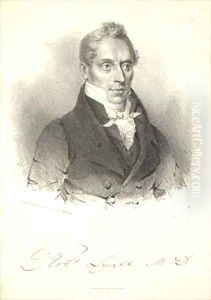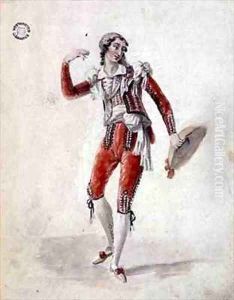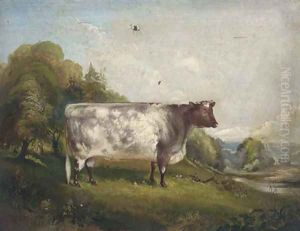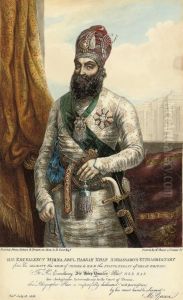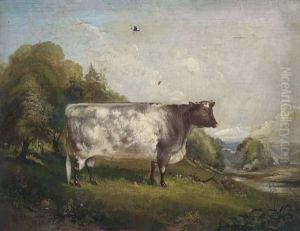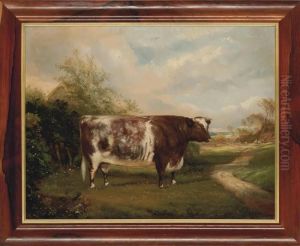Maxim Gauci Paintings
Maxim Gauci was a prominent Maltese lithographer born in 1774 in Valletta, Malta, and passed away in 1854. Gauci’s career is particularly notable for his contributions to the development and popularization of lithography in the early 19th century. He was one of the pioneering figures in this printing process, which was relatively new at the time, having been invented in the late 18th century by Alois Senefelder. Lithography allowed for the mass production of images and played a significant role in the dissemination of visual culture during the 19th century.
Despite his Maltese origins, Gauci’s most influential period was in London, where he moved in the early 19th century. In London, he established himself as a leading lithographer, producing works that ranged from botanical prints to portraits and landscapes. His works were characterized by their meticulous detail and the clarity of their execution, qualities that made them highly sought after by publishers and the public alike. Gauci’s lithographs were not only important for their aesthetic qualities but also for their role in the scientific and cultural education of the public, as they made high-quality images accessible to a broader audience.
Gauci collaborated with several notable artists and scientists of his time, contributing lithographs to accompany texts on botany, zoology, and travel. His ability to reproduce the intricate details of natural specimens and the nuances of portraits and scenes with lithographic techniques contributed significantly to the medium's credibility and artistic respectability.
Over the course of his career, Maxim Gauci trained and influenced a number of artists and lithographers, spreading his expertise and helping to establish a robust lithographic tradition in Britain. His legacy is reflected in the continued appreciation of his work and the techniques he helped to refine and popularize, which remain fundamental to printmaking and the visual arts. Despite the technological advancements in printing and the visual arts, Gauci’s contributions to the field of lithography are still recognized by historians and collectors today, highlighting his lasting impact on the art world.
